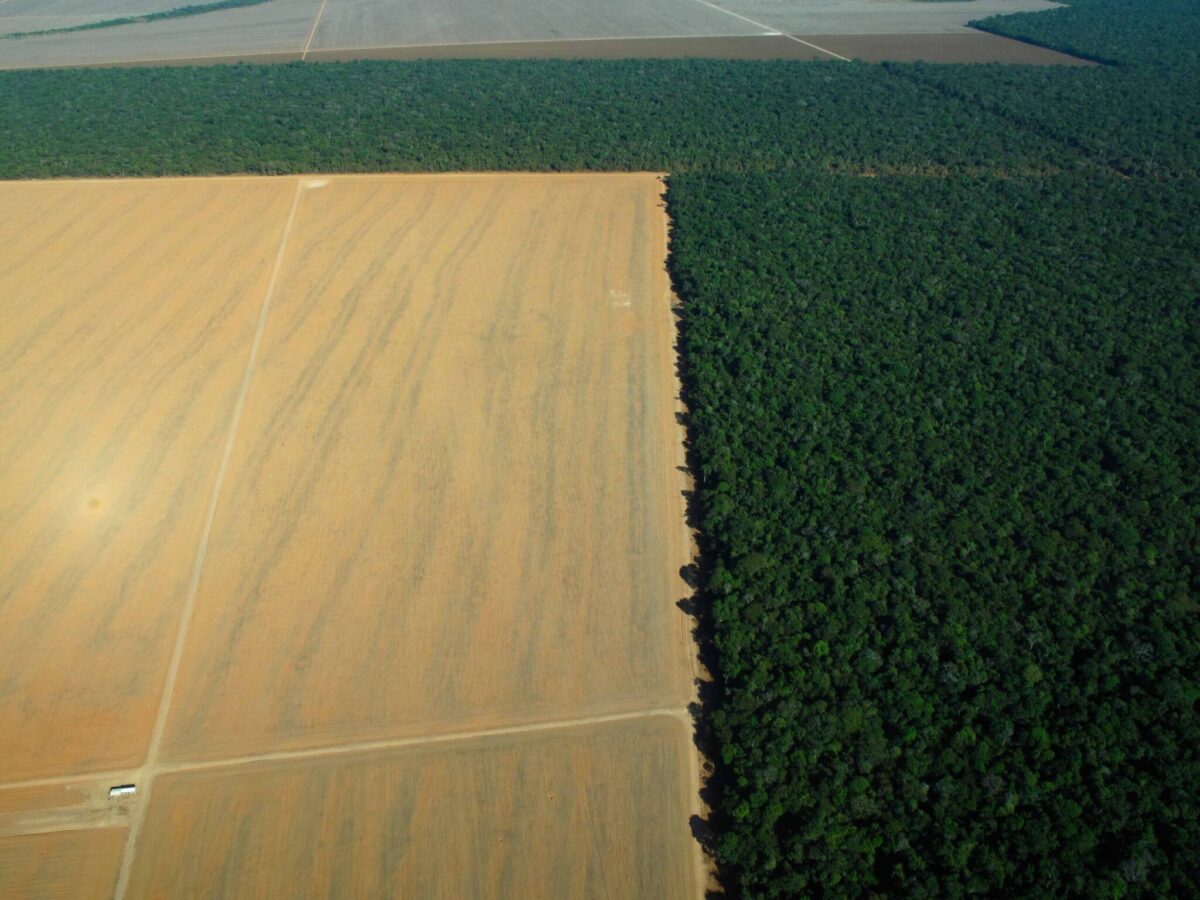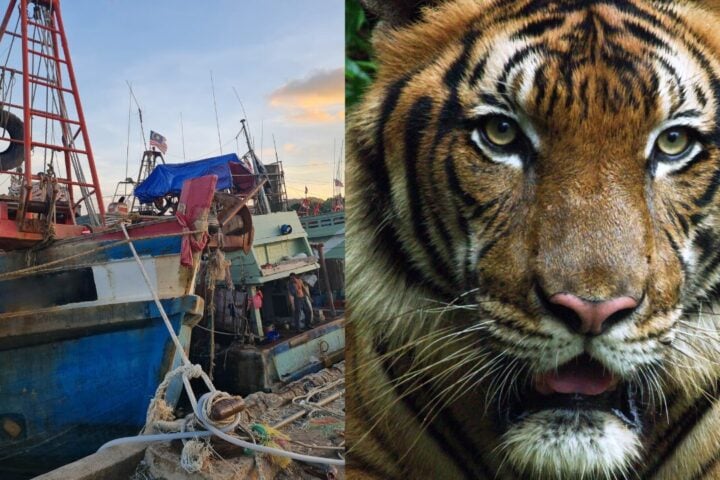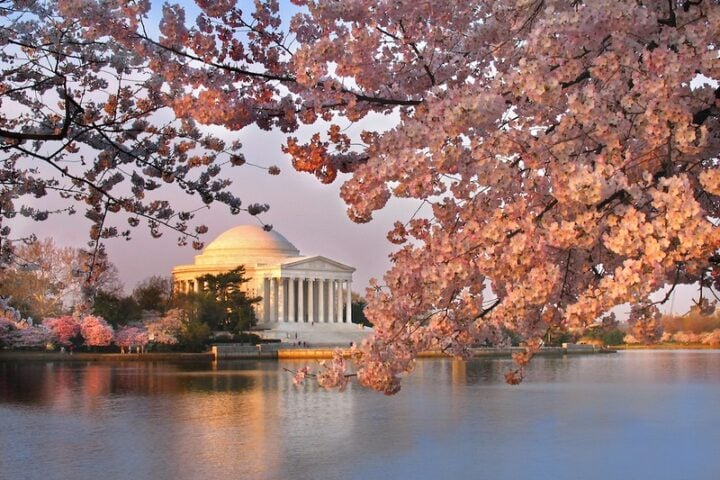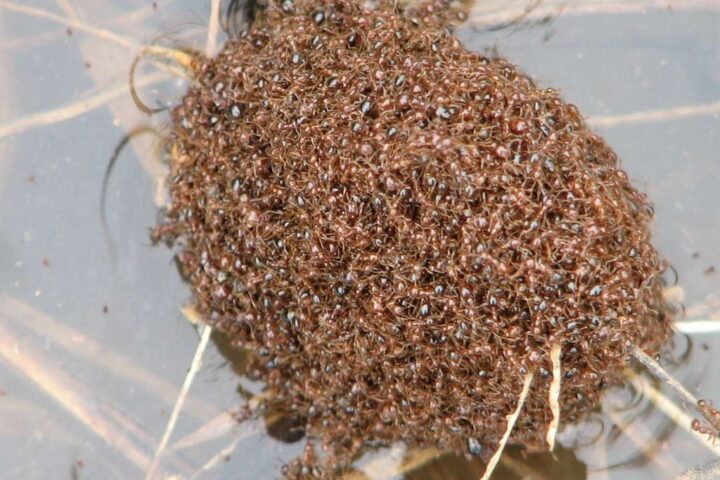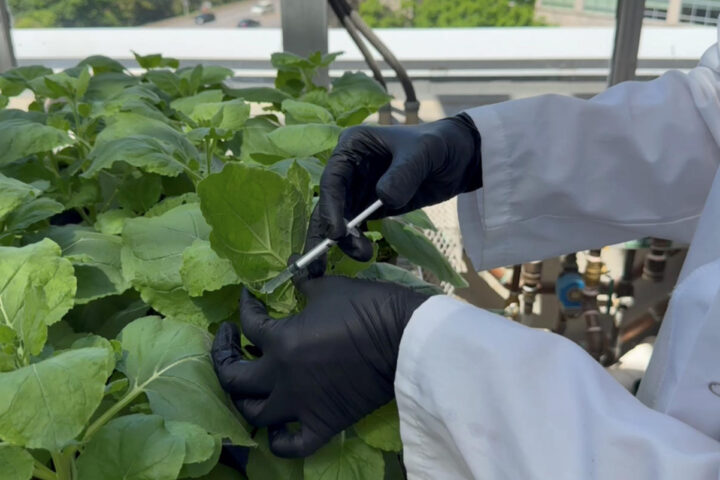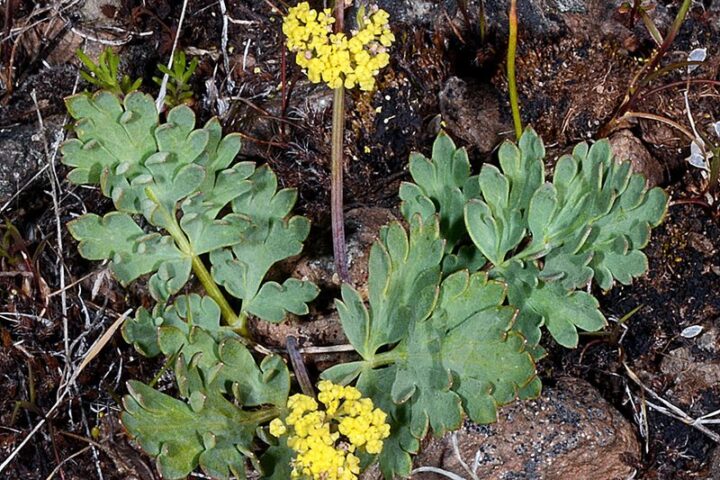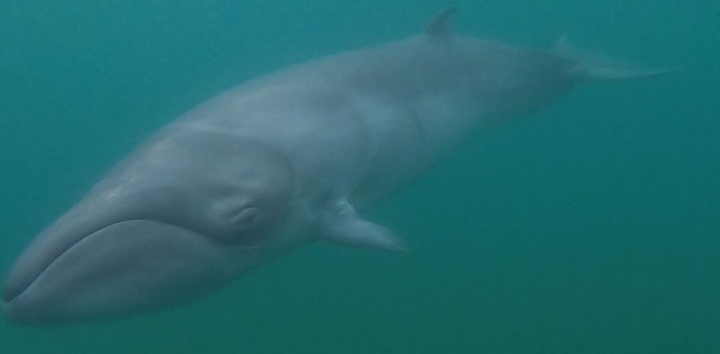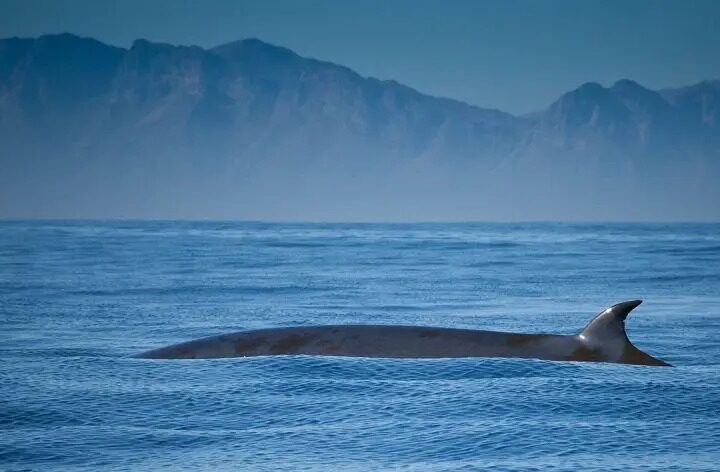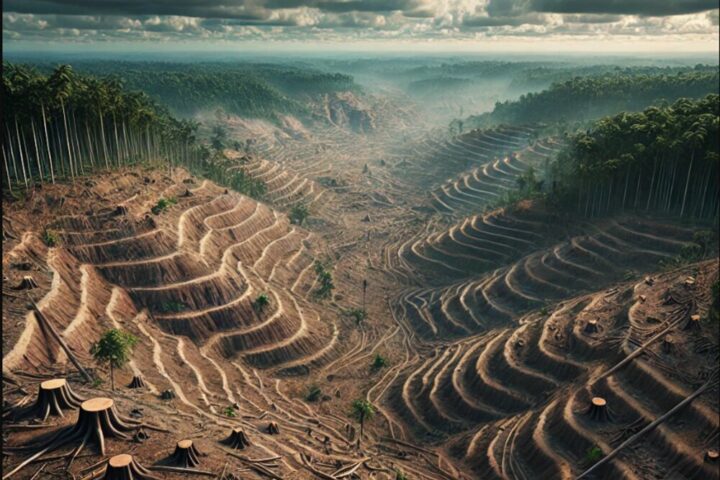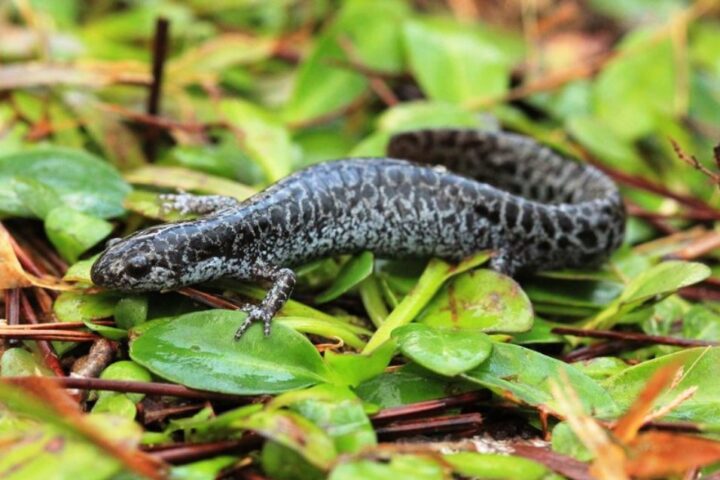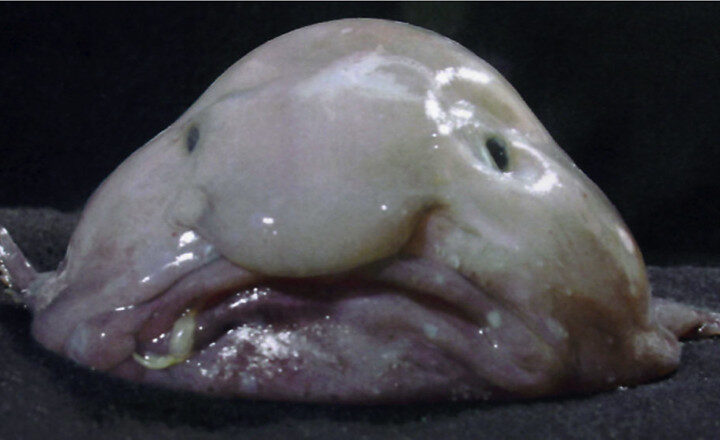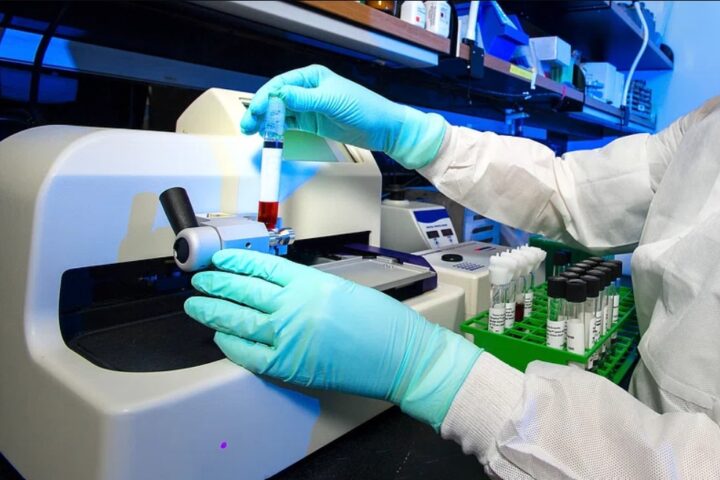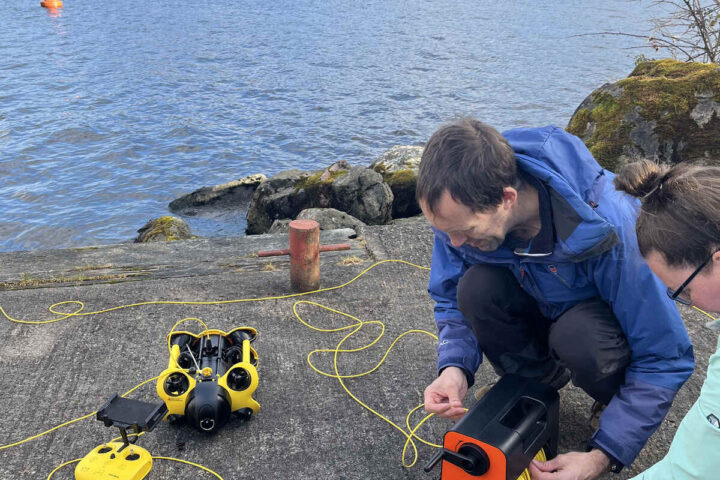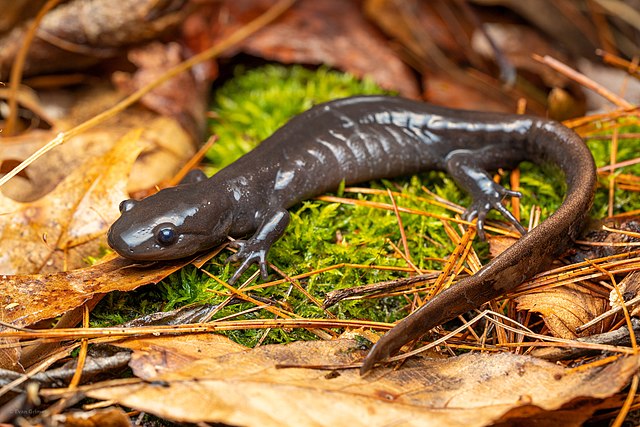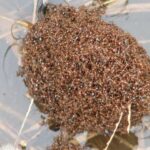INPE (The National Institute of Space Research) released data showing that deforestation in 2021 in the Brazilian Amazon hit the highest point in 15 years. The preliminary data for January shows the destruction is continuing to mount.
Brazil recorded the most deforestation ever in the month of January according to government data. Deforestation in Brazil’s Amazon totalled 430 square kilometers (166 square miles) from January 2022, which is five times higher than January 2021, according to preliminary satellite data from government space research agency INPE.
Throughout Brazil, deforested areas with less than 25 ha represent 82.8% of the total alerts, but only 22.8% of the deforested area. Alerts with more than 100 ha represent 4.4% of alerts, but 51.7% of the total deforested in the country. In this category there was an increase of 37.8% between 2020 and 2021. In 2021, 3,040 deforestation were found with more than 1 km2 (100 hectares), 107 of which exceed 10 km2 or 1,000 hectares. For comparison, Central Park in New York is 3.41 km2 and Ibirapuera Park in Sao Paulo is 1.6 km2.
Environmental researchers said they were not surprised to see destruction still rising and pointed to right- wing president Jair Bolsonaro’s weakening of environmental protections since he took office in 2019.
Scientists warn that the world’s largest rainforest is approaching a critical point past which there could be severe, irreversible consequences for the planet.
The most common pressures causing deforestation and severe forest degradation are agriculture, unsustainable forest management, mining, infrastructure projects and increased fire incidence and intensity.
The cattle sector of the Brazilian Amazon, incentivised by the international beef and leather trades, has been responsible for about 80% of all deforestation in the region, or about 14% of the world’s total annual deforestation, making it the world’s largest single driver of deforestation.
With little fear of punishment, speculators are increasingly clearing forest for ranches in illegal land grabs, said Britaldo Soares Filho. High prices for beef, soy and other commodities are also boosting the demand for cheap land.
The risk of being held responsible for illegal destruction of native vegetation needs to be real and duly perceived by environmental offenders, for this it is necessary to act on three fronts.
- 1 – All illegal deforestation is detected and reported.
- 2 – All illegal deforestation receives accountability action and punishment of offenders (e.g. Fines, embargo).
- 3 – The offender does not benefit from the illegally deforested area and receives some kind of penalty (e.g. credit restriction, pending CAR, impediment of land regularization, exclusion of production chains.)
Amazon concentrated 59% of the deforested area in 2021. The numbers leave no doubt that the Amazon has been the great front of suppression of native vegetation in Brazil in the last three years. Data show that this biome focused 59% of the deforested area and 66.8% of deforestation alerts in 2021. More than 9,77,000 hectares of native vegetation were destroyed last year. Growth of almost 15% compared to 8,51,000 hectares deforested in 2020, which in turn had already represented an increase of 10% compared to 7,71,000 hectares of deforestation in 2019.
Cerrado is the second with over half a million hectares (30%) followed by Caatinga with more than 1,16,000 hectares (7%). Even with less than 29% of its forest cover in the Atlantic Forest, 30,155 ha (1.8%) of the alert area were deforested. Despite accounting for the smallest alert area (0.1% of the total) the pampa almost doubled the amount deforested (92.1%). In the Pantanal there was a 50.5% increase in detected alerts and 15.7% in the deforested area between 2020 and 2021.
Together Amazon and Cerrado accounted for 89.2% of the deforested area detected in 2021. When added to the Caatinga the three Biomes accounted for 96.2% of losses.
In Brazil 69.5% of the entire area deforested in 2021 was on private properties, including 14.1% in rural settlements. Another 10.6% fell on public plots, 9.3% on non-destined public land. Deforestation in protected areas accounted for 5.3% of the total, 1.7% in Indigenous Lands and 3.6% in Conservation Units.
President Jair Bolsonaro faces growing international pressure to address deforestation. During U.S. President Joe Biden’s 2021 leaders summit on climate, Bolsonaro promised to end illegal deforestation by 2030 and achieve carbon neutrality by 2050. At the United Nations twenty-sixth conference of the parties (COP26) in Glasgow later that year, he made a more ambitious pledge to end deforestation by 2028.
The president could also see financial pressure ramp up ahead of his bid for reelection in October 2022. Germany and Norway gave billions of dollars to Brazil’s Amazon Fund, created in 2008 to promote sustainable use of the rainforest, but those countries have frozen that support. Likewise, Brasilia and Washington have been negotiating a proposed $20 billion U.S. donation to help conservation efforts, but talks have stalled over Bolsonaro’s policies. Deforestation has also played a role in the European Union’s delay in ratifying a comprehensive trade agreement with the Mercosur trade bloc, of which Brazil is a member.
